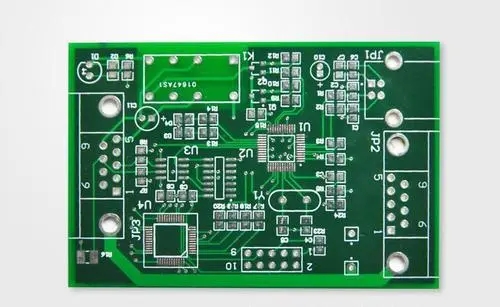About impedance matching in PCB design

In order to prevent reflections in high-speed PCB design, impedance matching must be considered. However, because the PCB processing technology limits the impedance continuity and simulation cannot be simulated, how to consider this issue when designing the schematic? In addition, about IBIS Model, I don’t know where a more accurate IBIS model library can be provided. Most of the libraries we downloaded from the Internet are not very accurate, which greatly affects the reference of the simulation.
Answer: When designing high-speed PCB circuits, impedance matching is one of the design elements. The impedance value has an absolute relationship with the wiring method, such as walking on the surface layer (microstrip) or inner layer (stripline/double stripline), distance from the reference layer (power layer or ground layer), wiring width, PCB material, etc. Both will affect the characteristic impedance value of the trace. That is to say, the impedance value can only be determined after wiring. Generally, the simulation software cannot take into account some discontinuous wiring conditions due to the limitation of the circuit model or the mathematical algorithm used. At this time, only some terminators (termination), such as series resistance, can be reserved on the schematic diagram. Alleviate the effect of discontinuity in trace impedance. The real solution to the problem is to try to avoid impedance discontinuities when wiring. The accuracy of the IBIS model directly affects the simulation results. Basically, IBIS can be regarded as the electrical characteristic data of the equivalent circuit of the actual chip I/O buffer, which can generally be obtained by conversion of the SPICE model (measurement can also be used, but there are more restrictions), and the SPICE data and chip manufacturing are absolutely absolute Therefore, the SPICE data of the same device provided by different chip manufacturers is different, and the data in the converted IBIS model will also vary accordingly. In other words, if a device from manufacturer A is used, only they have the ability to provide accurate model data for their device, because no one else knows better than them what process their device is made of. If the IBIS provided by the manufacturer is not accurate, you can only ask the manufacturer to improve